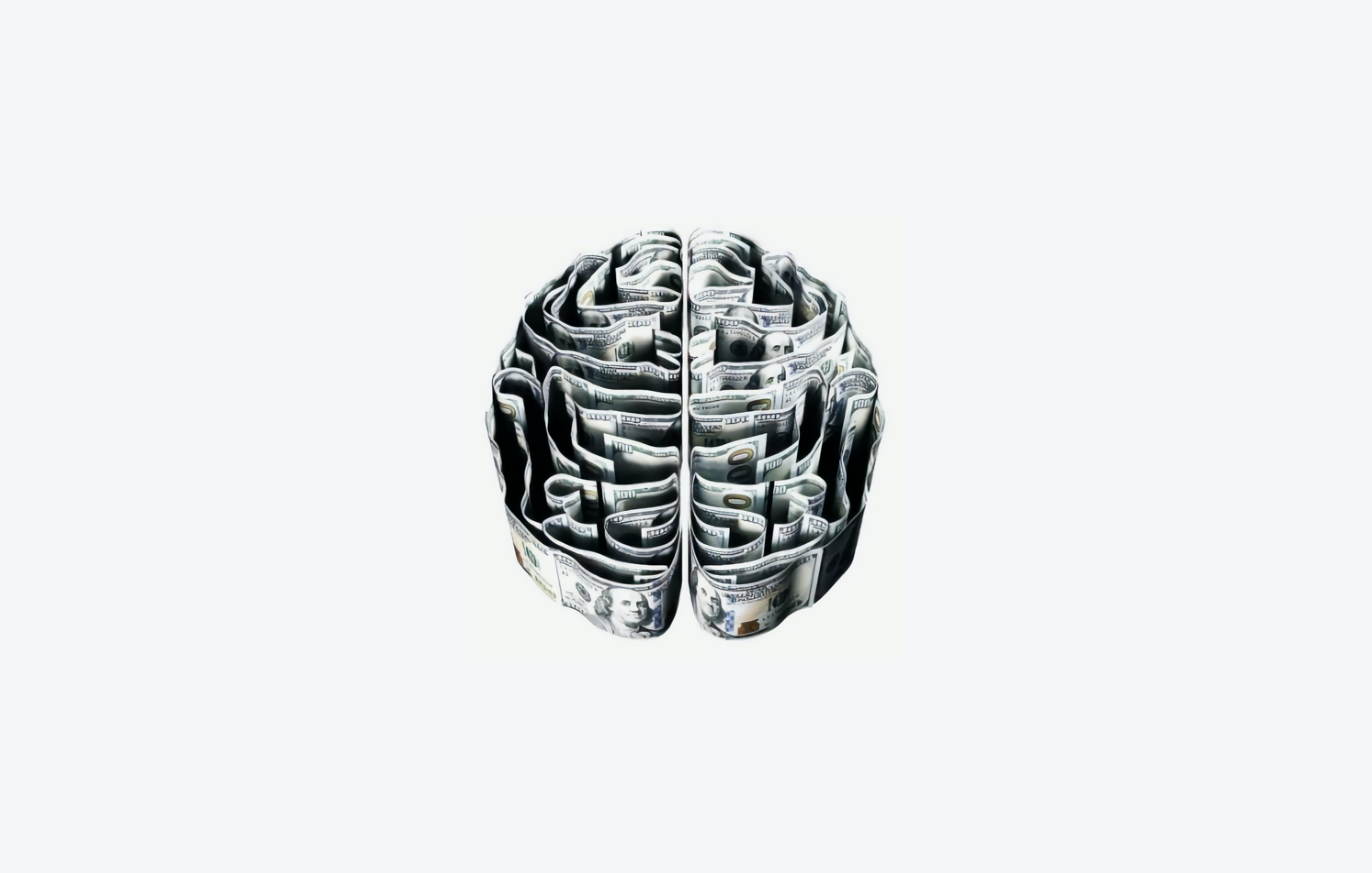
Retrospective review of healthcare costs associated with treatment-resistant depression (TRD) in Italy
| CONTEXT: Published in the ClinicoEconomics and Outcomes Research Journal, this retrospective review of around 6 million administrative database records over a 12-month period. The study revealed an upward trend in number of antidepressants with a consequential increase in costs and burden on the patients. READ TIME: 7 mins 1. “Among patients in each line, mean annual costs related to residential/semiresidential structure for TRD (starting from the third antidepressant line) increased from €2,030 for patients in the third antidepressant line to €9,305 for patients prescribed their fifth or more antidepressant line (p<0.001) (Figure 5).” 2. “Depressive disorders are regarded as a worldwide public health concern.1 Around one-third of patients suffering from major depression experience unsatisfactory responses to currently approved antidepressant drugs; the rates of unsuccessful treatments heavily contribute to the public health burden of this condition.2,3 Patients who fail to respond to a minimum of two different antidepressant treatments administered at an adequate dose for an adequate duration within the same depressive episode are considered to have treatment-resistant depression (TRD).4,5 According to the Italian guidelines, treatment strategies to manage TRD include the treatment optimization, ie, increase of antidepressant dosage or extension of the treatment duration; switch to another antidepressant belonging to the same or to a different class; augmentation with another antidepressant or with other drugs as antipsychotics or mood stabilizers.6. TRD has substantial effects on patients as well as on their families and society at large.7 It represents a humanistic and clinical burden since it has been associated with higher risk for comorbidity, increased suicidality, and significant impairment of cognitive function.8. TRD is considered as the major contributor to the economic burden of depression for patients and for Healthcare Systems.” 3. “A further analysis was performed to specifically evaluate the annual costs for residential/semiresidential structures and for psychiatry-related hospitalization per patient that actually was in each antidepressant line.” 4. “Costs were also evaluated among patients that actually accessed a residential/semiresidential structure stratified by antidepressant lines: in this case, the annual costs for these structures rose from €7,556 (first line) to €21,462 (fifth line onwards) (p<0.001) and mean annual costs for residential/semiresidential structures was €11,866 per patient, and €14,563 per TRD patient (from third line onwards).” 5. “Mean annual costs for TRD (starting from the third antidepressant line) related to psychiatry hospitalization for patients that actually had such hospitalization increased from €6,301 for patients in the third antidepressant line to €8,321 for patients prescribed their fifth” Source URL: https://www.dovepress.com/healthcare-resource-consumption-and-related-costs-of-patients-estimate-peer-reviewed-fulltext-article-CEOR |
